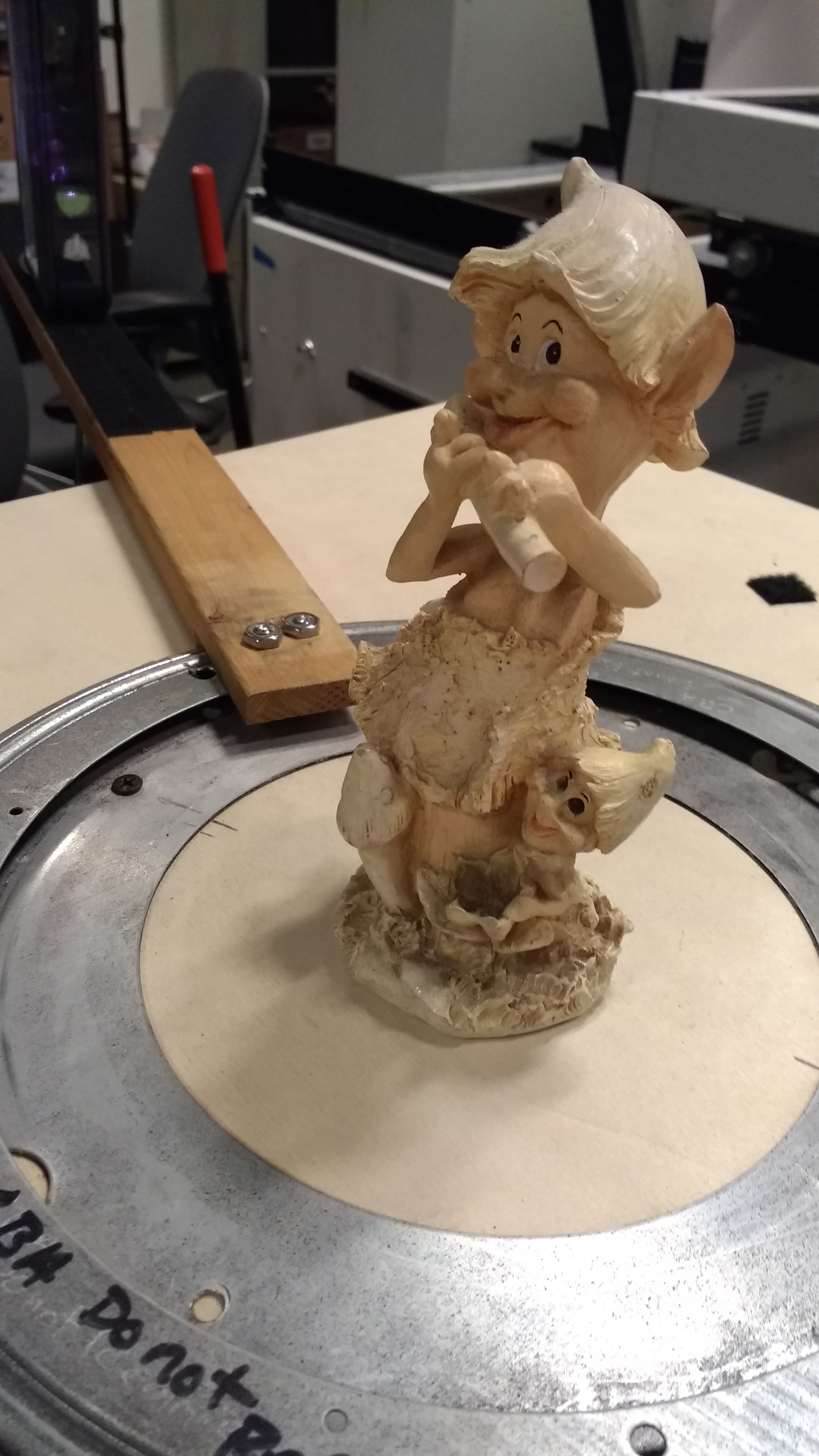Assignment: 3D print something and produce a scan of another project
3D Printing
This week, I decided to design and 3D print a terrarium. I’ve been really into geometric shapes lately (in case that wasn’t obvious from the last few projects) so decided to build a dodecahedron.
My first thought on creating one was to extrude a pentagon at a draft angle. Once I managed to do this, I realized I wasn’t sure how to make the top edges angled as necessary. After some Googling, I found a tutorial on how to parameterize and create a dodecahedron on a Fusion 360 forum here.
Once I had my dodecahedron, I worked on the extrusions. I wanted to make a pattern of extrusions that went deeper over layers to make it easier to plant succulents. I created some parameters and experimented with different angles/depths of extrusions until I arrived at the following design. If I had more time, I think it would have been interesting to try shelling it out into curves instead.
Once the part was printed, Sam helped me take it down to the chemical bath. Which honestly, was quite disgusting. I left it in the bath for about 4 hours and almost all the support material came out. There were a few pieces left which I managed to get out using tweezers. I realized that the chemical bath caused the part to soak up a bunch of liquid so it kept leaking for a bit. I let it dry out for a couple hours and then started to plant my succulents! It was actually pretty tricky to get my hands into the terrarium sicne there were no openings. So it may have been useful to have a detachable top! I eventually managed to get some succulents in there. Now to see if they survive!3D Scanning
 For the 3D scanning part of this week’s assignment, I thought I would scan a little figurine that I’ve had since I was 10 years old. I started by using the AutoCAD 123 Catch app to scan a water bottle just to get acquainted with things. The scan kind of failed miserably — though I think this may have been because the water bottle was a very regular and symmetrical shape.
For the 3D scanning part of this week’s assignment, I thought I would scan a little figurine that I’ve had since I was 10 years old. I started by using the AutoCAD 123 Catch app to scan a water bottle just to get acquainted with things. The scan kind of failed miserably — though I think this may have been because the water bottle was a very regular and symmetrical shape.
The scanner int he machine shop worked a lot better. My figurine had a lot of detail so I wasn’t sure how well it would work. Randi and I also tried scanning Tofu (one of the robots in the Personal Robots Lab) which had a lot of fur to see how much granularity the scanner would pick up.
The scan it produced was actually quite good — though a tiny bit creepy!
I think if I had more time, I could try a few different techniques to help it capture detail better. In the past, using brightly colored post its and objects in the environment had helped in producing better scans since the software is able to stitch the pictures together more easily. For my terrarium, I think I'd like to try making the top set of pentagons taller than the bottom ones by adjusting the respective draft angles. This would allow for more visibility of the plants.